Saving Elephants: Ivory Crush in Central Park (Photos)

Endangered animals
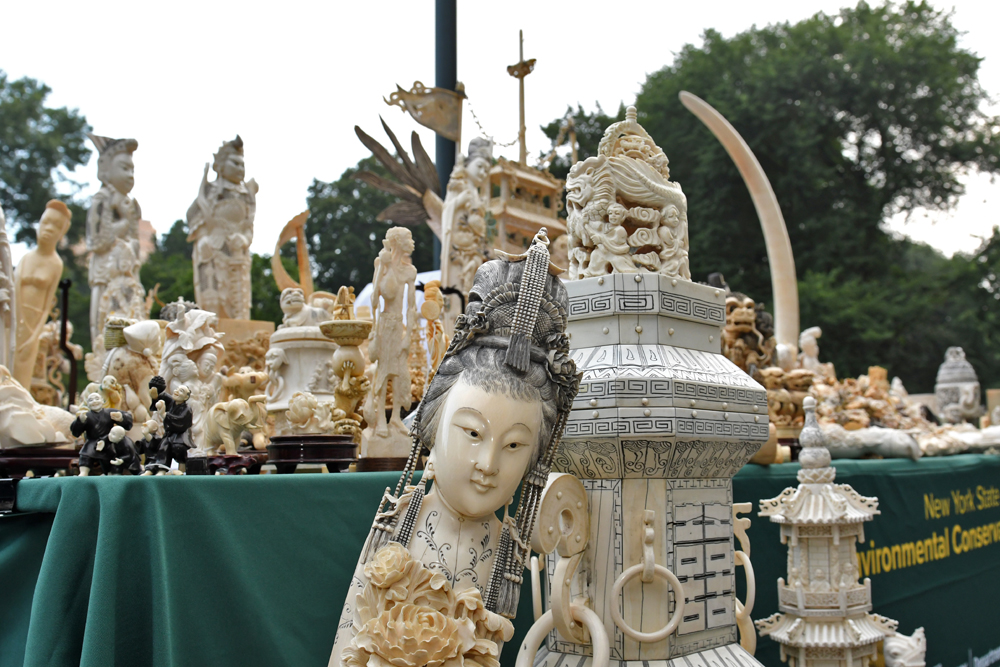
The mass slaughtering of elephants for their ivory tusks could wipe these magnificent animals off the face of the Earth in the span of a decade. Ivory crushes, in which a variety of intricately carved objects are destroyed, send a clear message that governments will not tolerate this crime against wildlife.
On Thursday, Aug. 3, 2017, the state of New York crushed its stockpile of nearly 2 tons of confiscated elephant ivory into dust. It was my third such event to photograph in four years. In New York City's iconic Central Park, hundreds of pieces made from elephants' tusks were laid out side by side like tombstones for the elephants they once were. I passed by this elephant graveyard, deeply saddened to see that things made from small tusks completely outnumbered large ones. These, I knew, once belonged to the youngest elephants.
African elephants remain in a crisis driven by the demand for ivory. Passing laws that ban ivory sales will help to conserve one of the world's most iconic species from extinction. Greater communication will bridge the chasm in which protection and killing of elephants for their tusks reflect competing cultural values.
With as many as 96 elephants being killed each day in Africa, we don't have much time before our last remaining elephants are gone.
Julie Larsen Maher is staff photographer for the Wildlife Conservation Society (WCS), the first woman to hold the position since the society's founding in 1895. In addition to field visits, Maher photographs the animals at WCS's five New York-based wildlife parks: the Bronx Zoo, Central Park Zoo, New York Aquarium, Prospect Park Zoo and Queens Zoo. She contributed this article to Live Science's Expert Voices: Op-Ed & Insights.
Beautiful heartbreak
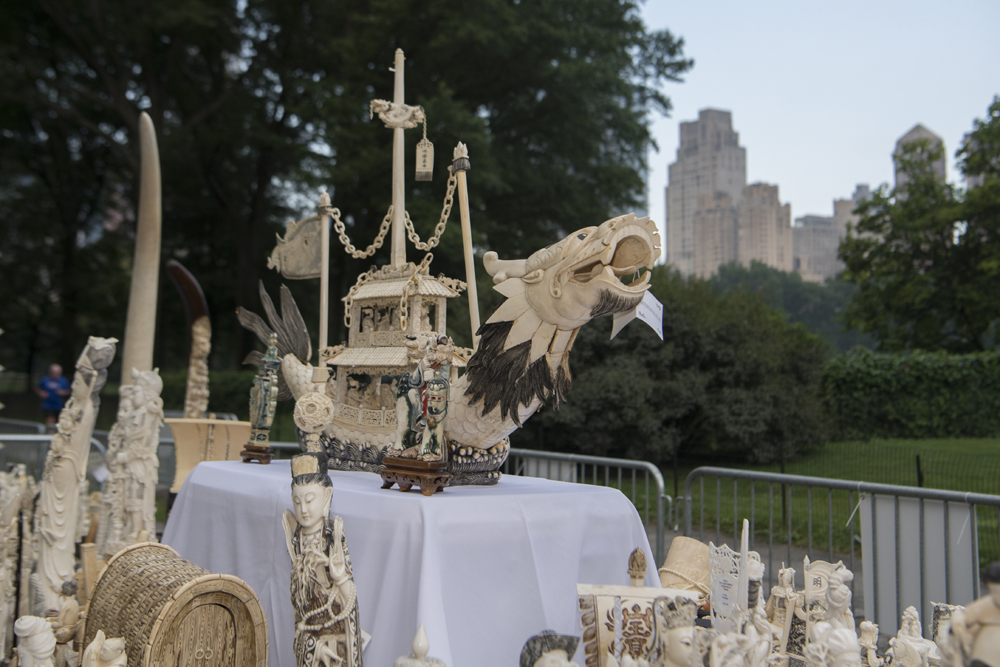
Nearly 2 tons of illegal ivory were destroyed in a rock crusher at Central Park.
Tears of mourning
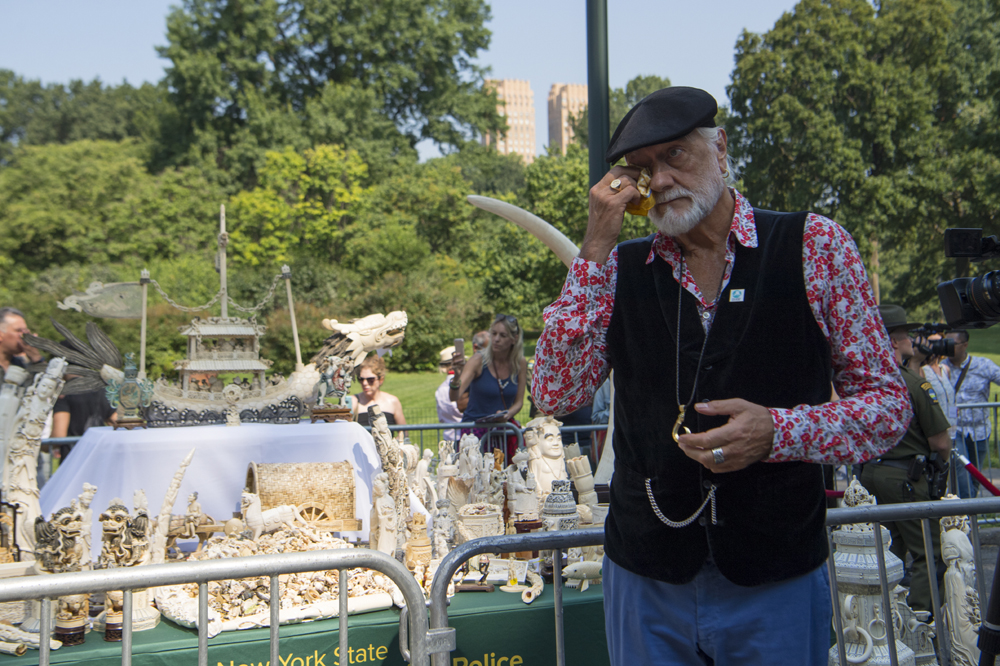
Mick Fleetwood, Fleetwood Mac and ambassador of the International Fund for Animal Welfare (IFAW), becomes emotional while viewing the ivory carved from the tusks of numerous elephants.
Crowds observing the stand
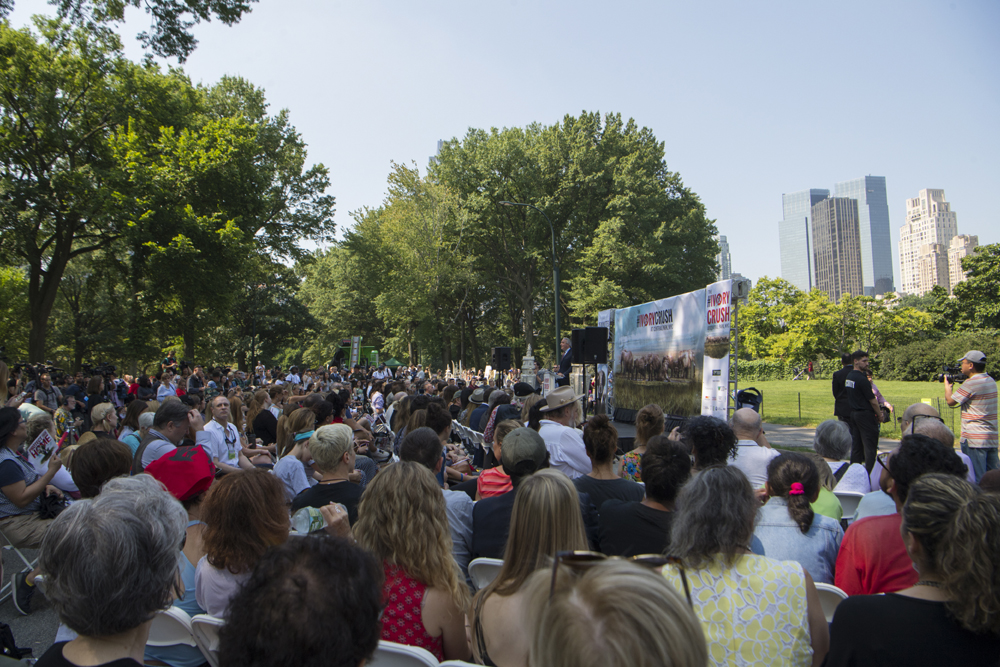
Hundreds gather at Central Park in New York City for the third ivory crush in the United States in the last four years.
Motivating the masses
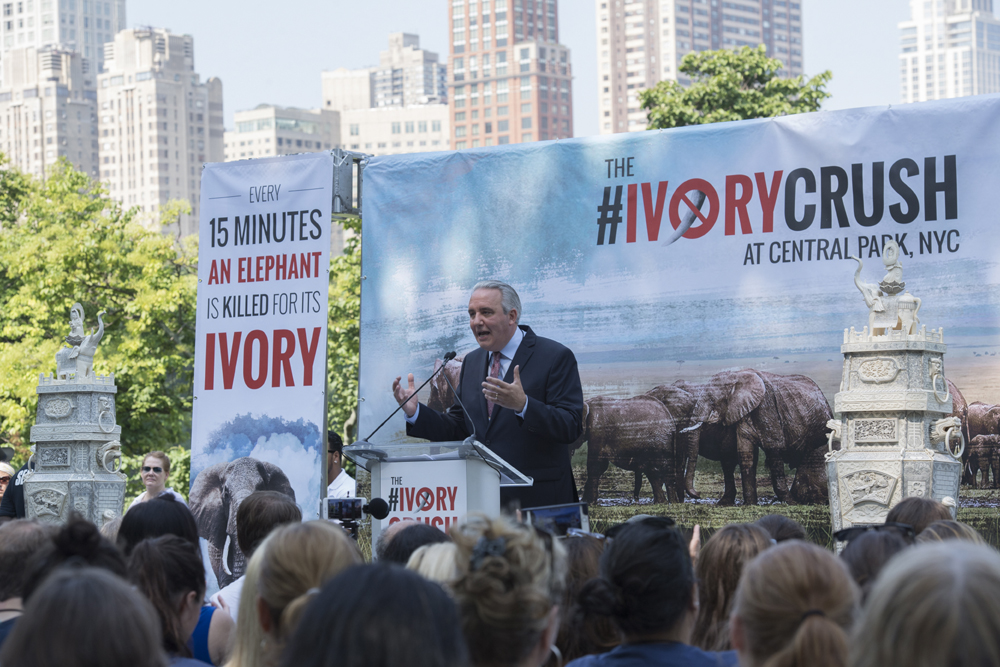
John Calvelli, Executive Vice President of Public Affairs for the Wildlife Conservation Society (WCS), says it's a really bad day for ivory traffickers at the Central Park Ivory Crush.
Punishing the traffickers
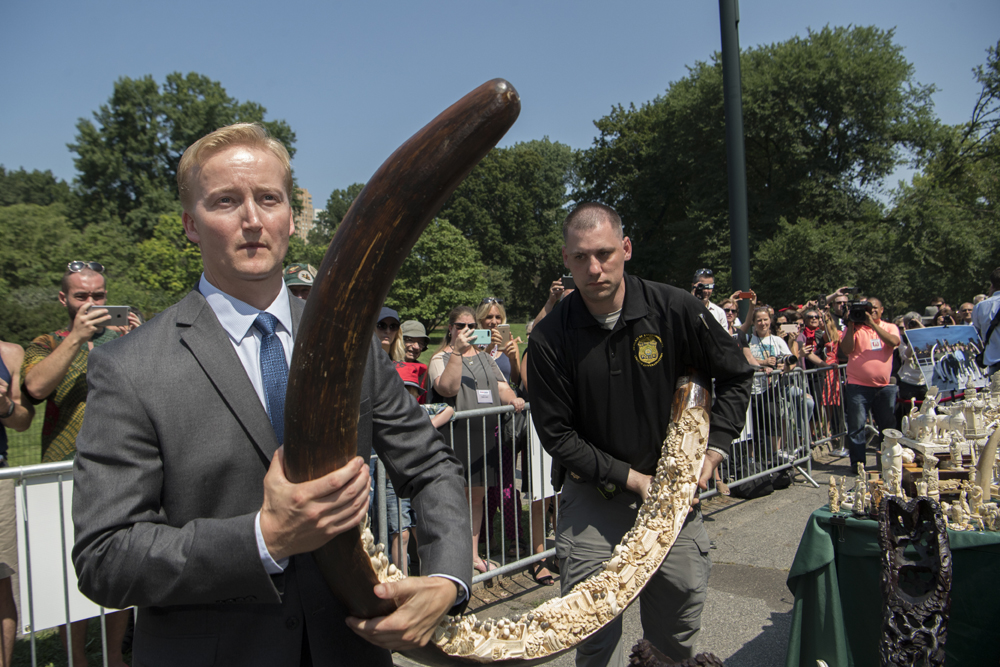
Lieutenant Jesse Paluch, Environmental Conservation Investigator for the New York State Department of Environmental Conservation, and a NY DEC officer carry a large ivory carving to the crusher.
Get the world’s most fascinating discoveries delivered straight to your inbox.
A stand for conservation
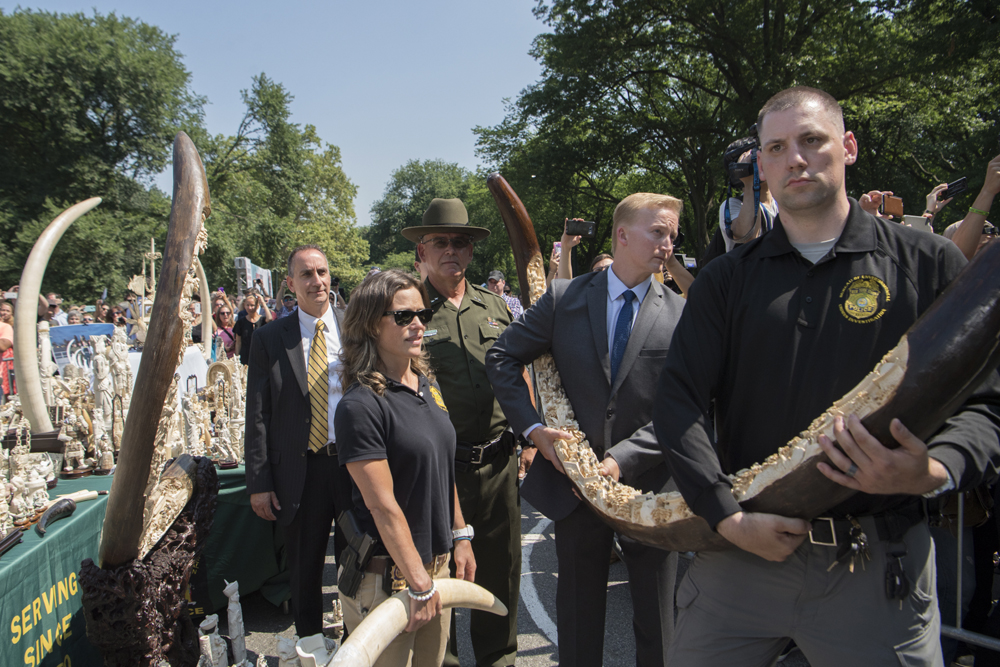
New York State Department of Environmental Conservation staff carry ivory carvings to the crusher.
Ivory dust
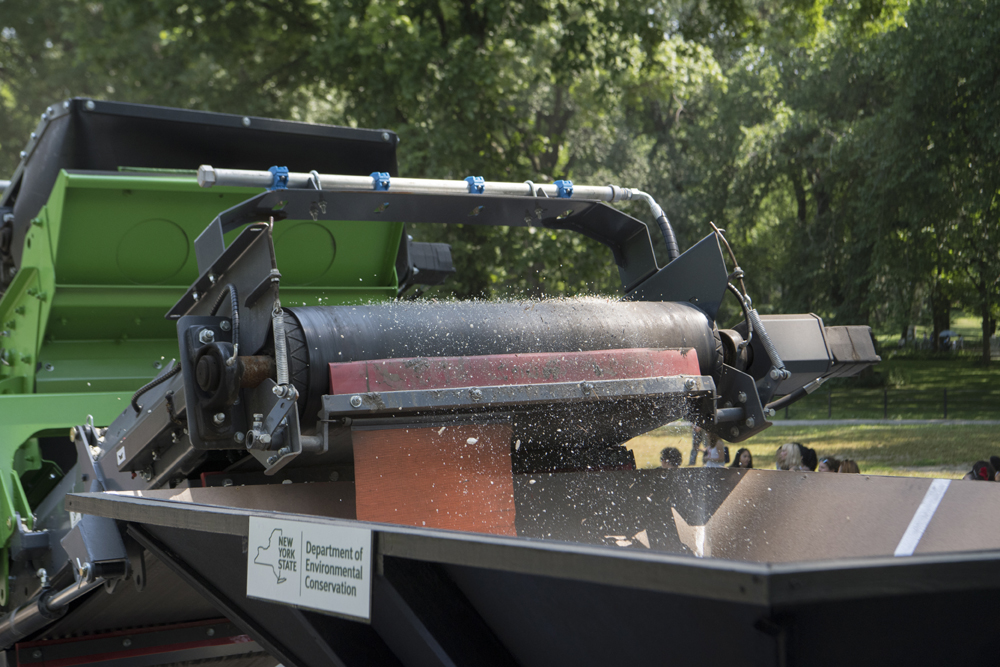
A rock crusher grinds the confiscated ivory to dust.
Falling into oblivion
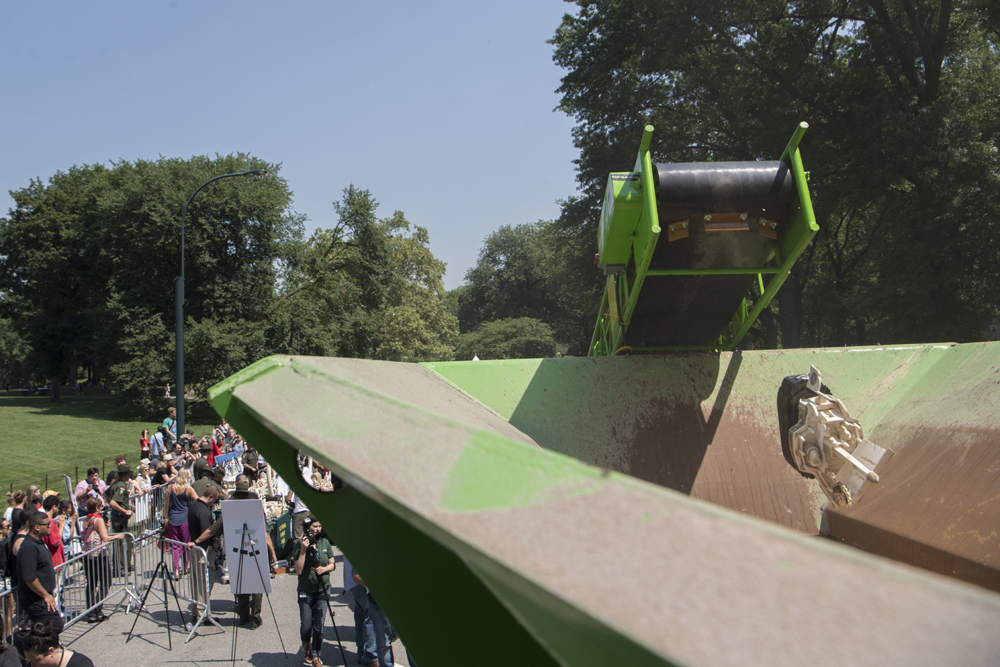
Intricate ivory carvings are destroyed to send a message to wildlife traffickers.
Detailed designs destroyed
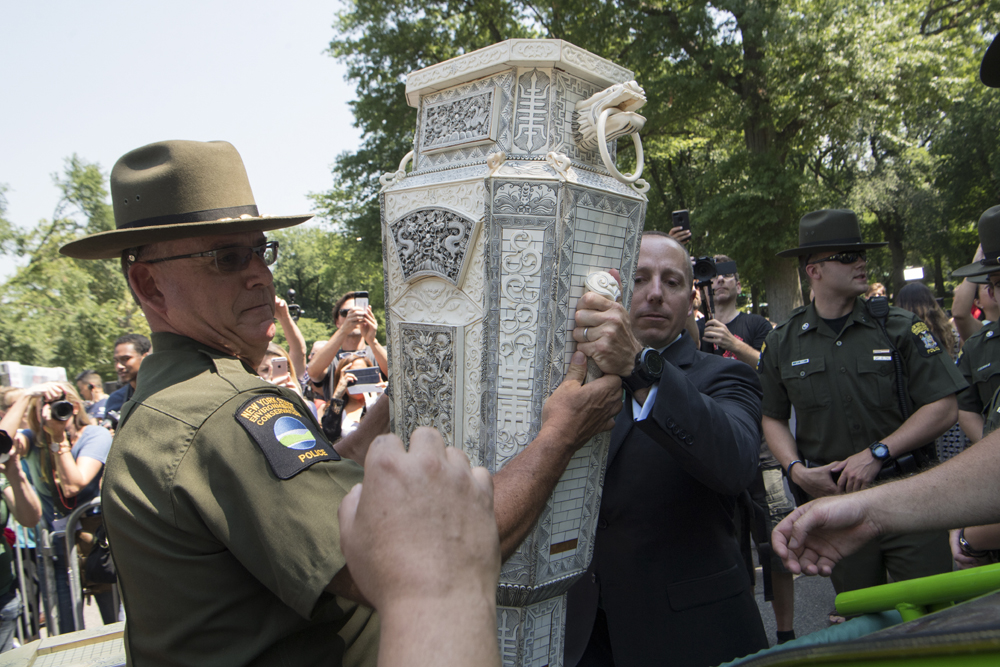
New York State Department of Environmental Conservation official Joe Schneider and Basil Segos, Commissioner of NY DEC, hoist an elaborate ivory carving onto the conveyor for crushing.
Elaborate pieces
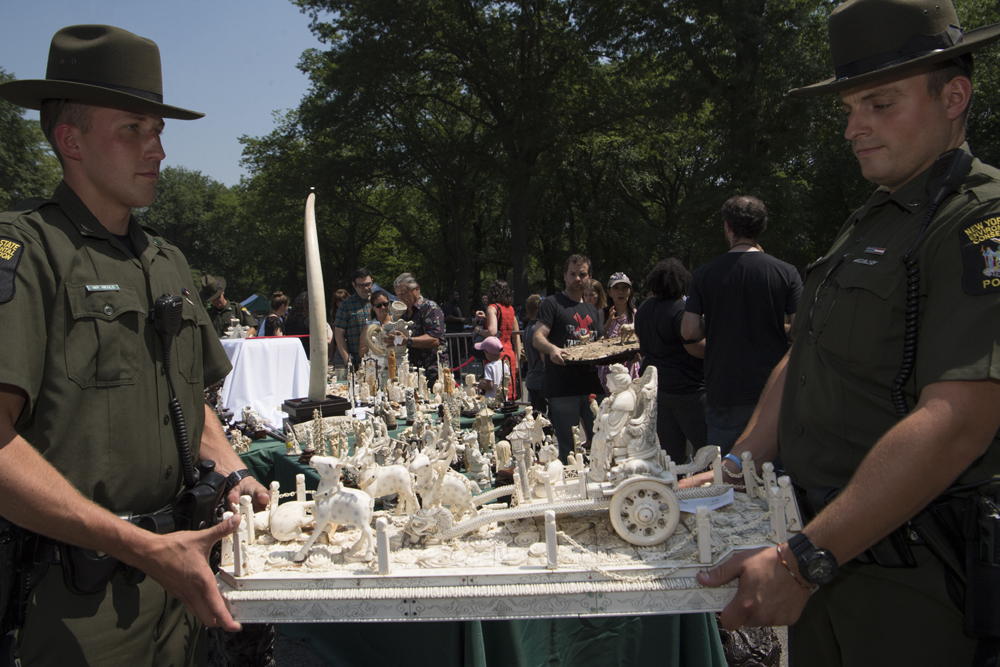
New York State Department of Environmental Conservation officers carry a detailed ivory carving to be crushed.


